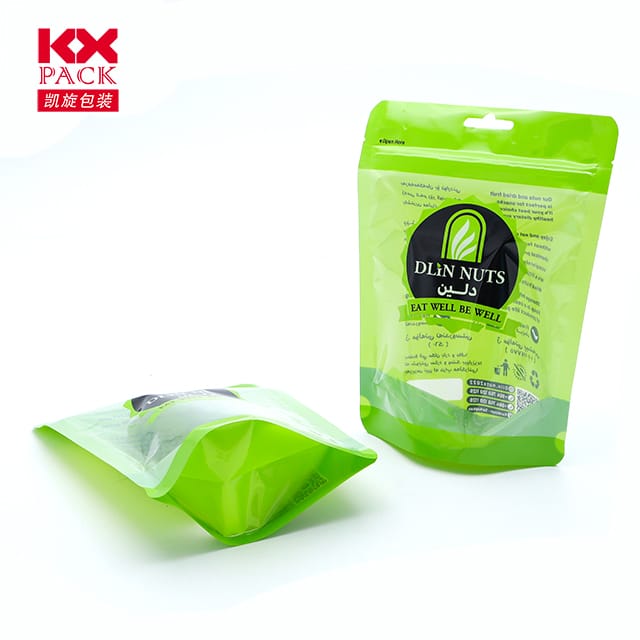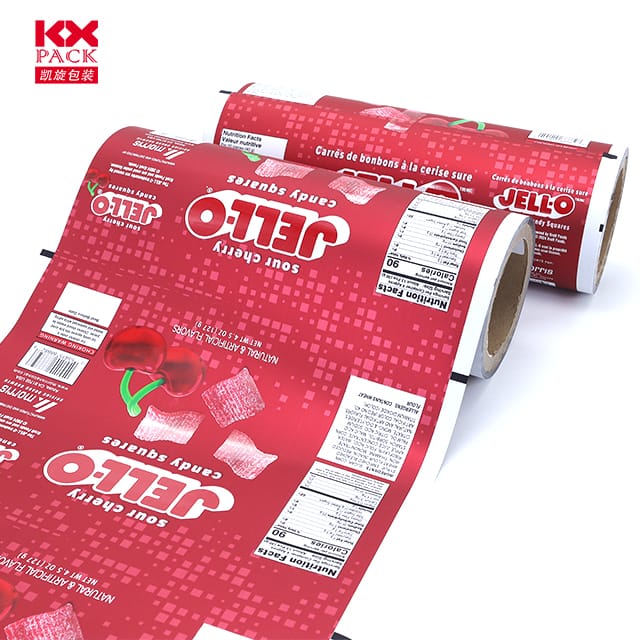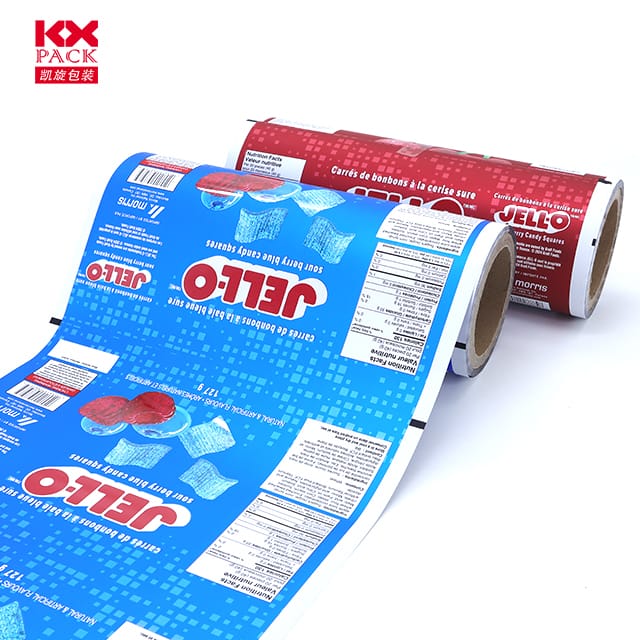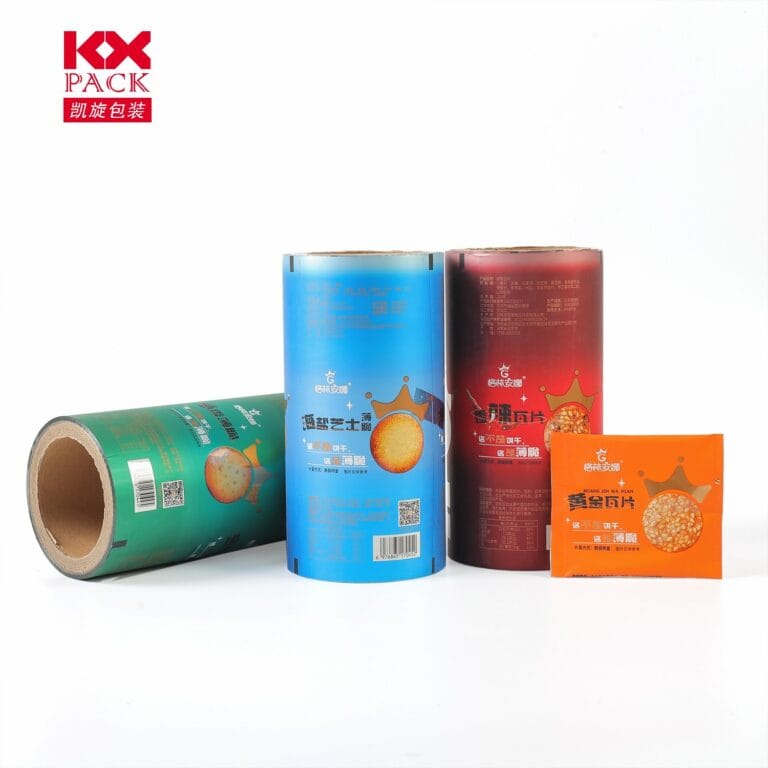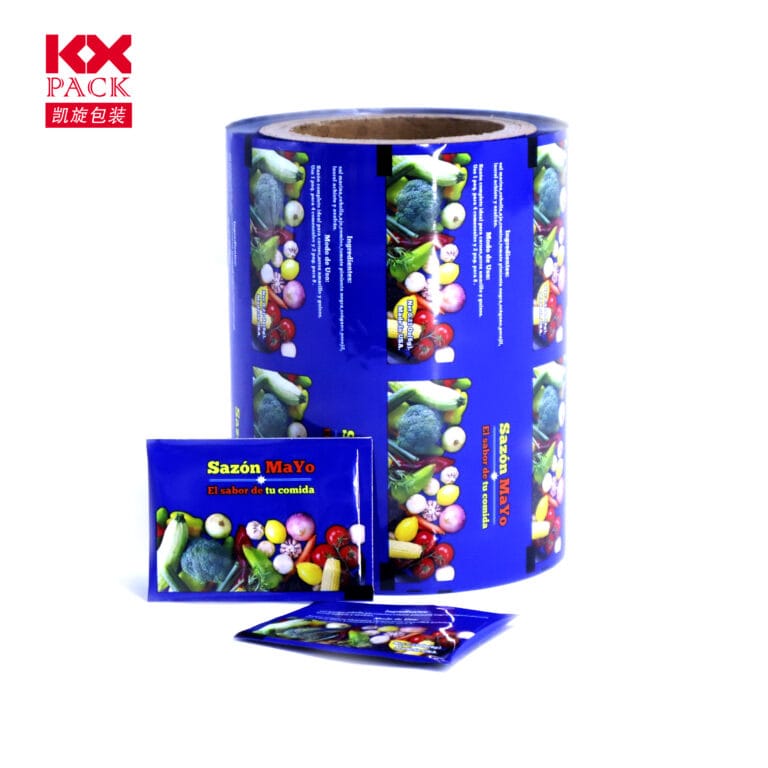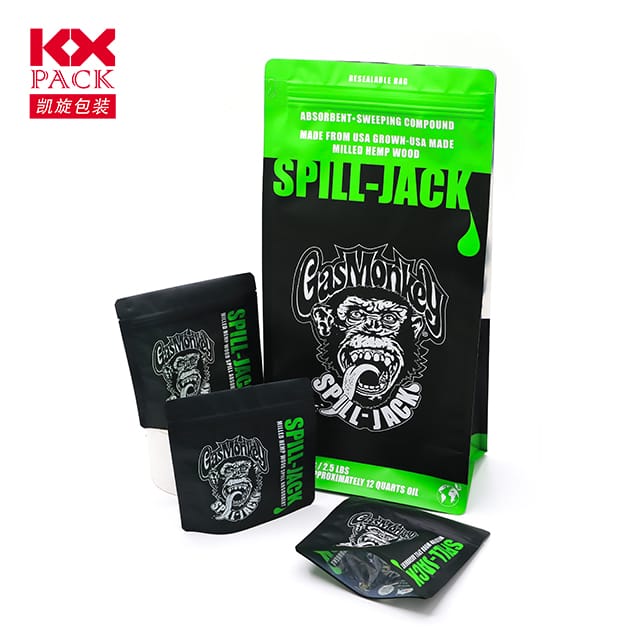The Future of Packaging Films: بدعات, پائیداری, and Beyond(2)
پیکیجنگ فلمیں
تعارف
In a world where sustainability and functionality are king, packaging films play a critical role in protecting products, enhancing shelf appeal, and reducing environmental impact. From food preservation to pharmaceutical safety, یہ پتلی, flexible materials are engineered to meet diverse needs. But with growing concerns over plastic waste and evolving consumer demands, the future of packaging films is poised for a revolution. آئیے تازہ ترین رجحانات کی تلاش کرتے ہیں, innovations, and challenges shaping this dynamic industry.
1. Types of Packaging Films: A Primer
Packaging films come in various forms, each tailored to specific applications:
- Plastic Films: Traditional polyethylene (PE), پولی پروپیلین (پی پی), and PVC dominate due to their durability and cost-effectiveness.
- بائیوڈیگریڈیبل فلمیں: پلانٹ پر مبنی پولیمر سے بنایا گیا (جیسے, pla, پی ایچ اے) or compostable materials, these reduce landfill burden.
- رکاوٹ فلمیں: Designed to block moisture, آکسیجن, or UV light, ideal for perishables or sensitive electronics.
- Shrink Films: Heat-activated to conform tightly around products for tamper evidence and product stability.
- خصوصی فلمیں: Include anti-fog, antimicrobial, or conductive coatings for niche applications.
2. Key Industries Driving Demand
- کھانا & مشروبات: Extends shelf life, ensures hygiene, and enables portion control. Think snack packs, fresh produce wraps, and beverage pouches.
- صحت کی دیکھ بھال: طبی آلات کے لئے جراثیم سے پاک پیکیجنگ, دواسازی, and IV bags.
- E-Commerce: Durable films protect goods during shipping and enhance unboxing experiences.
- الیکٹرانکس: Static-resistant films safeguard sensitive components.
3. پائیداری: The New Frontier
The global push for eco-friendly solutions is reshaping the packaging film landscape:
- Bioplastics & Compostables: Brands like Danone and Nestlé are adopting PLA-based films for dairy and water bottles.
- Circular Economy Models: Recyclable films made from post-consumer waste (پی سی آر) reduce virgin plastic use.
- کیمیائی ری سائیکلنگ: Emerging technologies break down mixed plastics into raw materials for new films.
- Regulatory Pressure: EU’s Single-Use Plastics Directive and similar policies worldwide are phasing out non-recyclable films.
4. Innovation Highlights
- اسمارٹ پیکیجنگ: Films embedded with sensors or QR codes track freshness, temperature, or authenticity.
- فعال پیکیجنگ: Releases preservatives (جیسے, antioxidants) to extend food shelf life.
- نینو ٹکنالوجی: Enhances barrier properties with nano-clays or silver nanoparticles for antimicrobial effects.
- 3D Printing: حسب ضرورت, on-demand packaging reduces material waste.
5. Challenges and Opportunities
- لاگت بمقابلہ. پائیداری: Biodegradable films are pricier than conventional plastics. Scaling production could drive down costs.
- Infrastructure Gaps: Recycling facilities for advanced films (جیسے, multilayer barriers) are limited.
- Consumer Education: Clarifying labels (جیسے, “home compostable” vs. “industrially compostable”) prevents greenwashing.
نتیجہ
Packaging films are no longer just about protection—they’re about innovation, responsibility, and resilience. As industries balance performance with planet-friendly practices, we’re likely to see more hybrid materials, closed-loop systems, and tech-driven solutions. کاروبار کے لئے, investing in sustainable packaging isn’t just ethical—it’s a strategic move to meet evolving regulations and consumer preferences.
FAQs
- Are biodegradable films truly eco-friendly? جی ہاں, but only if disposed of in industrial composting facilities.
- Can recycled films match the performance of virgin plastics? Advances in PCR technology are narrowing the gap.
- What’s the next big thing in packaging films? Look out for edible films (جیسے, seaweed-based wraps) and self-healing materials.
The future of packaging films is bright, flexible, and increasingly green. What innovations would you like to see in this space? Share your thoughts below! 🌱📦

